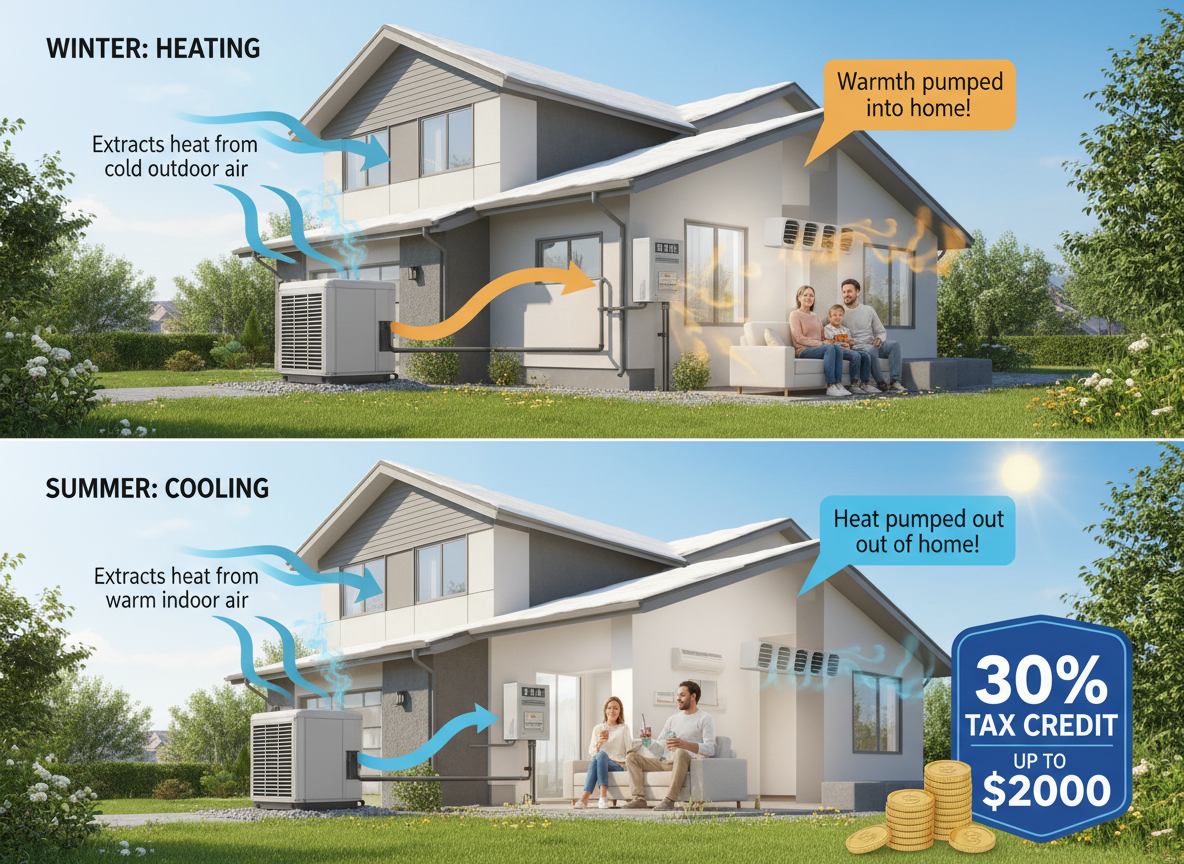
Los Angeles may not have the worst winters in comparison to other parts of the United States, but during the cooler months you will use your furnace to remain comfortable in your home. Although we may not use it for a large part of the year, when you do need it, you want to ensure it is running efficiently and properly. There will be telltale signs that warn of a possible heater issue and allow you time to address before you need to run your furnace. That is also why it is important to have your heating system serviced before winter. During routine maintenance a technician will check and make sure your system is working properly. In this article we will discuss some of the most common heating problems you could experience with your furnace.
Lack of Maintenance
Just like any other appliance in your home, your heating system requires routine maintenance. If you do not regularly maintain your heating system issues such as high energy bills and costly heating repairs can occur. Not to mention lack of maintenance can also lead to poor indoor comfort levels and premature furnace replacement. It would be best to schedule professional furnace maintenance in the fall so you can address any minor issues and your furnace is ready for the cooler months.
Clogged Air Filters
If you notice your furnace performing poorly or excessive dust in the air the first thing you will want to do is check the air filter. Over time filters will become clogged with dirt and debris. If the air filters are dirty then the furnace will have trouble circulating air causing your furnace to work harder to reach the ideal temperature also negatively affecting your indoor air quality. This can also cause your furnace to overheat, leading to even more issues and potentially a costly breakdown. Check your air filter monthly and replace it at least once every 3 months. A clean filter will help keep your furnace running properly and efficiently.
Faulty Thermostat
Sometimes the problem may not be with the heating system itself, but with the thermostat. The thermostat is responsible for telling your heating system what to do and if it’s not working properly or incompatible then it will affect your system’s overall performance. A faulty thermostat can be a result of electrical issues, blown fuses, low or no battery, misused settings, or misread temperatures. If your home’s thermostat is old and outdated, consider switching to a programmable or a smart thermostat.
Burning Smell
It is a normal occurrence to notice a burning smell when you first turn on your heater for the winter. It could be a sign of your furnace burning away any accumulated dust and dirt but could also be caused by a dirty air filter or signal a more serious problem. If the odor persists, stop using your furnace and contact a professional for furnace repair as soon as possible.
No Heat
If your home is not uniformly heated throughout the day it could be due to a dirty air filter, ductwork issues, faulty fan motor or belts. No heat at all could be a sign of a faulty pilot light, no fuel, leak ducts. You can start with replacing your air filter, but if your furnace will not turn on, it’s best to contact a heating specialist for heating repair.
Odd Noises
One of the most common heater problems is hearing unusual sounds coming from your heater. Heaters make different noises as they function but popping, squeaks, rattling may mean you have an underlying mechanical issue. An HVAC technician should be able to determine the cause and solve the issue.
Frequent Cycling
When your furnace frequently turns on and off it may indicate an issue with your thermostat, clogged air filter or improper airflow. It is one of the most common heating problems and should prompt you to have your HVAC system checked.
Blower is Not Working
A blower that continuously runs could signal an issue with the limit switch. On the other hand if it’s not working at all could be due to faulty thermostat, clogged air filter, or circuit breaker is off. If none of these simple checks work, contact a licensed professional.
Pilot Light or Ignition Control Issues
In a gas heater, the pilot light allows the furnace to provide heat. If the light is yellow, this could signify a carbon monoxide leak which is extremely dangerous and potentially fatal. If you see a yellow pilot light, contact LA Construction, Heating and Air immediately. If you have a newer furnace, it most likely uses an electronic ignition and intermittent pilot. In either case, if any of them stop malfunctioning your furnace will work intermittently or stop producing heat.
Pooling Water
If you notice any pooling water near your furnace contact a professional HVAC technician to address the issue. It is typically caused by a clogged condensate line, which could easily be resolved during routine furnace maintenance.
Older Furnace
Furnaces can last up to 20 years if properly maintained but could require replacement as early as 10-12 years if neglected. Older equipment is more prone to issues with failing parts and require frequent and costly repairs. As technology advances, newer systems are more efficient and although may be costly upfront, they can save you money in the long run with lower utility costs and fewer repairs.
Contact LA Construction, Heating and Air
These are the most common heating problems you may encounter. You can help prevent many of these by scheduling routine furnace maintenance with a professional. Give us a call today or contact us online we are here to help. Our professional technicians can diagnose and fix your heating and air conditioning problems and carry most parts in their vehicles. If you notice any of the signs mentioned or are thinking of furnace replacement, contact us today to stay warm this winter.
Most Common Heating Problems Related Posts:






















.png)














